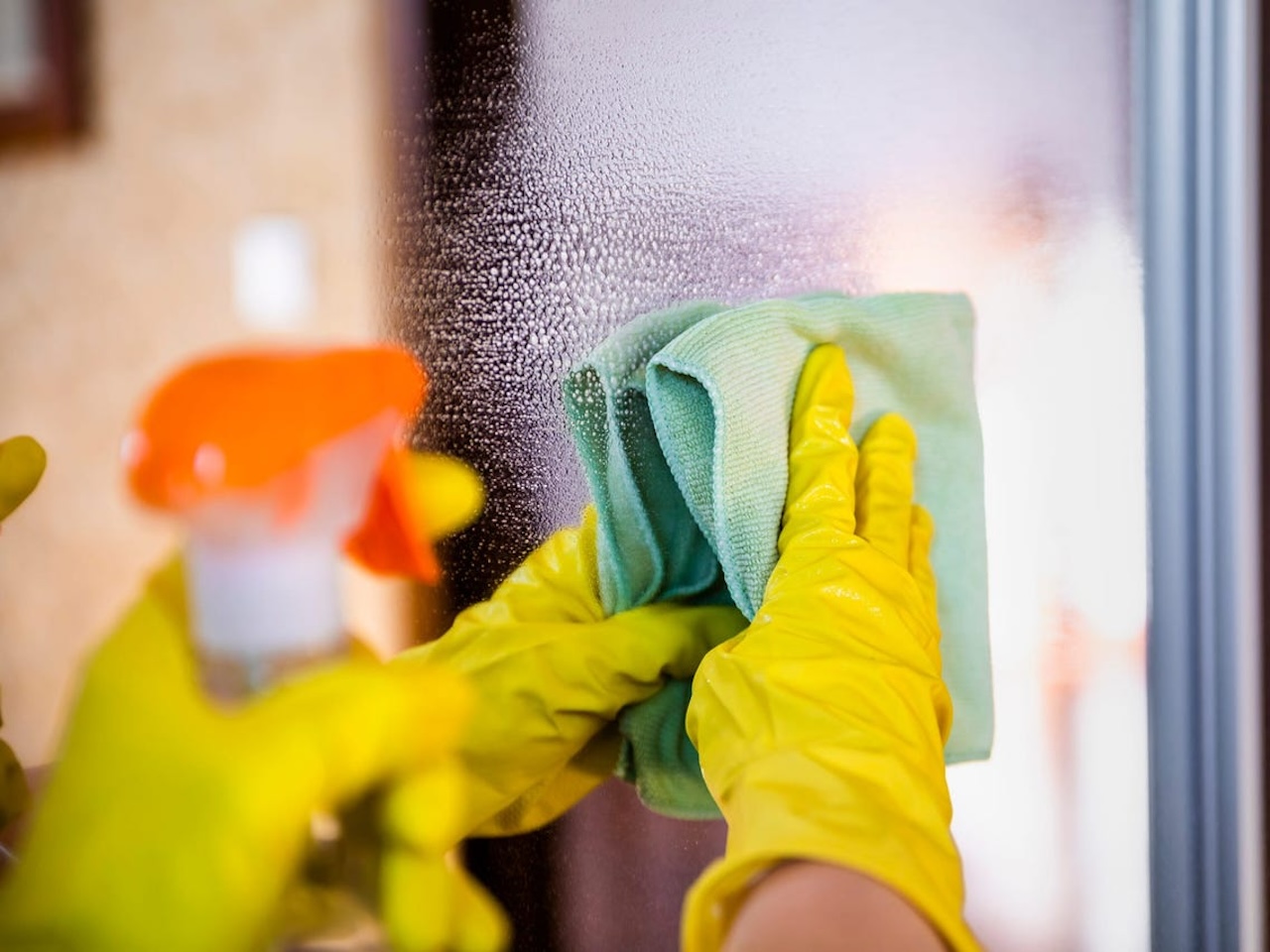

Articles
How To Clean Old Glass Mirrors
Modified: December 7, 2023
Learn the best techniques and tips for cleaning and restoring old glass mirrors with our informative articles. Transform your mirrors to their original beauty.
(Many of the links in this article redirect to a specific reviewed product. Your purchase of these products through affiliate links helps to generate commission for Storables.com, at no extra cost. Learn more)
Introduction
Glass mirrors are a classic and timeless addition to any home decor. However, over time, they can accumulate dirt, dust, and even stubborn stains. Cleaning old glass mirrors can be a delicate task, as you want to restore their original shine without causing any damage. With the right supplies and techniques, you can bring back the sparkle to your old glass mirrors and make them look as good as new.
In this article, we will walk you through the step-by-step process of cleaning old glass mirrors. We will cover everything from gathering the necessary supplies to effectively removing dirt, handling stains, and properly drying and polishing the mirror. Additionally, we will provide some final tips and considerations to ensure a successful cleaning experience.
So, if you’re ready to give your old glass mirrors a much-needed makeover, let’s dive in and get started!
Key Takeaways:
- Restore the sparkle to your old glass mirrors by gathering the right supplies, preparing the mirror, and effectively removing dirt, stains, and spots. Enjoy the rejuvenated beauty of your mirror and the bright reflection it brings to your space!
- Maintain the beauty and longevity of your old glass mirrors by following the step-by-step cleaning process, using gentle cleaning solutions, and implementing regular maintenance. Keep your mirrors looking their best for years to come!
Read more: How To Clean Glass Mirrors
Gathering Supplies
Before you begin the cleaning process, it’s essential to gather all the necessary supplies. Having everything you need on hand will help make the cleaning process more efficient and ensure that you have the right tools for the job.
Here are the supplies you will need to clean your old glass mirror:
- Gentle glass cleaner or a mixture of warm water and mild dish soap
- Lint-free microfiber cloth or soft cotton cloth
- White vinegar or rubbing alcohol (optional)
- Cotton swabs or soft-bristle toothbrush
- Newspapers or paper towels
- Distilled water (optional)
When choosing a glass cleaner, opt for a gentle and non-abrasive formula specifically designed for cleaning mirrors. Alternatively, you can create your own cleaning solution by mixing warm water with a small amount of mild dish soap.
Microfiber cloths or soft cotton cloths are ideal for cleaning glass surfaces as they are lint-free and won’t leave streaks or scratches. Avoid using paper towels or rough fabrics that can potentially scratch the mirror surface.
White vinegar or rubbing alcohol can be used for tougher stains or spots. However, it’s important to dilute these substances with water to avoid any potential damage. Use them sparingly and with caution.
Cotton swabs or soft-bristle toothbrushes can be handy for tackling hard-to-reach areas or small spots. They are gentle enough not to scratch the mirror but effective in removing dirt or grime in crevices.
Lastly, newspapers or paper towels can be used for drying the mirror after cleaning. Avoid using colored or printed newspapers, as they may leave ink residue on the mirror surface.
Optionally, you can use distilled water to avoid any mineral deposits that tap water may leave behind. This is particularly useful if you live in an area with hard water.
Now that you have all the necessary supplies, let’s move on to preparing the mirror for cleaning.
Preparing the Mirror
Before you start cleaning the old glass mirror, it’s important to take a few preparatory steps to ensure an effective and safe cleaning process.
Here are some tips to help you prepare the mirror:
- Remove any decorative items or frames that are attached to the mirror. This will allow you to clean the mirror surface thoroughly without any obstructions.
- Ensure that the mirror is securely placed or mounted to prevent any accidental slipping or falling during the cleaning process.
- Open nearby windows or turn on a fan to provide good ventilation in the room. This will help the cleaning solution evaporate quickly, preventing streaking or residue.
- If the mirror is heavily soiled or has sticky residue, you can consider using a hairdryer on a low heat setting to soften and loosen the dirt, making it easier to clean.
- Make sure you have good lighting in the area where the mirror is located. Proper lighting will help you spot any smudges or streaks that may be missed during the cleaning process.
By taking these preparatory steps, you can ensure that your cleaning process goes smoothly and that you have a clear view of the mirror surface.
Now that you have prepared the mirror, let’s move on to the next step, which is removing dirt and dust from the surface.
Removing Dirt and Dust
Before diving into the actual cleaning process, it’s essential to remove any loose dirt and dust from the old glass mirror. This step will prevent scratching the surface and ensure a cleaner overall result.
Follow these steps to effectively remove dirt and dust:
- Gently dust the mirror surface using a soft-bristle brush or a clean, dry cloth. Start from the top and work your way down to cover the entire surface. Be careful not to press too hard, as this can potentially scratch the mirror.
- If you notice any stubborn dust particles or pet hair stuck on the mirror, use a lint roller or a piece of sticky tape to gently lift them off.
- If there are any fingerprints or smudges on the mirror, dampen a lint-free microfiber cloth or cotton cloth with a small amount of glass cleaner or the warm water and dish soap mixture.
- Wipe the mirror surface in a circular motion, applying light pressure. Start from one corner and gradually move to the opposite corner, ensuring that you cover the entire surface.
- If you encounter any stubborn spots or streaks, you can lightly dampen a cotton swab or soft-bristle toothbrush with glass cleaner or the water and dish soap mixture. Gently scrub the affected area in a circular motion until the spot or streak is removed.
- Continue cleaning the mirror, periodically rinsing and wringing out the cloth to remove any dirt or cleaner residue. This will help prevent streaking or cloudy patches.
It’s important to avoid using excessive amounts of cleaning solution or applying too much pressure on the mirror surface. This can lead to streaking, smearing, or even damage the mirror coating.
Once you have successfully removed all the dirt and dust from the old glass mirror, it’s time to tackle any stains or spots that may be present.
In the next section, we will discuss how to handle stains and spots effectively.
Handling Stains and Spots
Old glass mirrors may develop stains or spots over time, which can be more challenging to remove than regular dirt and dust. However, with the right approach and cleaning techniques, you can effectively tackle these imperfections and restore the mirror’s pristine condition.
Here’s how you can handle stains and spots on an old glass mirror:
- If you notice water spots or hard water stains on the mirror surface, you can use a mixture of equal parts white vinegar and distilled water to dissolve and remove them. Dampen a cloth with the vinegar solution and gently rub the affected areas. Rinse the cloth with clean water and wipe off any residue.
- If there are greasy smudges or fingerprints on the mirror, you can use rubbing alcohol on a cloth to dissolve the grease. Be sure to test a small, inconspicuous area first to ensure that the rubbing alcohol does not damage the mirror’s coating.
- In the case of stubborn adhesive residue from stickers or tape, you can use a small amount of rubbing alcohol or a specialized adhesive remover. Apply the solution to a cloth and gently rub the sticky area until the residue is lifted. Wipe clean with a damp cloth.
- If you encounter any rust spots on the mirror due to metal hardware or frames, you can gently rub the affected areas with a rust remover specifically designed for glass. Be cautious not to let the rust remover come into contact with the mirror surface for an extended period, as it may cause damage.
- For scratches on the mirror surface, you can try a non-abrasive metal polish or a glass scratch remover. Apply a small amount of the product to a cloth and carefully buff the scratch in a circular motion. Follow the manufacturer’s instructions and test a small area first.
Remember, it’s crucial to be gentle when dealing with stains and spots on an old glass mirror. Avoid excessive scrubbing or using abrasive materials, as they can worsen the damage or cause scratches.
Once you have addressed the stains and spots on the mirror, it’s time to move on to cleaning the frame, if applicable.
In the next section, we will discuss how to clean the frame of the old glass mirror.
To clean old glass mirrors, mix equal parts white vinegar and water in a spray bottle. Spray the solution onto the mirror and wipe with a microfiber cloth for a streak-free shine. Avoid using ammonia-based cleaners as they can damage the mirror’s backing.
Read more: How To Clean Old Glass Bottles
Cleaning the Frame
If your old glass mirror has a frame, it’s important to give it some attention and clean it as well. Over time, frames can accumulate dust, dirt, and grime, detracting from the overall aesthetic appeal of the mirror. Cleaning the frame will help enhance the mirror’s appearance and bring back its original beauty.
Here’s how you can clean the frame of your old glass mirror:
- Start by dusting the frame using a soft brush or a clean, dry cloth. Remove any loose dirt or debris to prepare the frame for cleaning.
- If the frame is made of wood, use a mild wood cleaner or a mixture of warm water and mild dish soap. Dampen a cloth with the cleaning solution and gently wipe the frame, following the grain of the wood. Avoid saturating the wood with excessive moisture.
- For metal frames, you can use a non-abrasive metal cleaner or a mixture of warm water and gentle dish soap. Apply the cleaning solution to a cloth and gently wipe the frame, paying attention to any tarnished areas or stubborn dirt.
- If the frame is intricate or has hard-to-reach areas, you can use a soft-bristle toothbrush or a cotton swab dipped in the cleaning solution to tackle those spots. Be gentle and take your time to ensure thorough cleaning.
- Rinse the cloth or brush frequently and change the water or cleaning solution as needed to prevent smearing or spreading dirt. You want to avoid transferring dirt from the frame back onto the mirror surface.
- Once you have cleaned the frame thoroughly, use a clean, dry cloth to wipe away any excess moisture. Pay attention to corners and crevices to ensure that no moisture remains.
Be mindful of the specific material of your mirror’s frame, as different materials may require different cleaning approaches. If you’re unsure about how to clean a particular frame type, consult the manufacturer’s guidelines or seek professional advice.
With the mirror and frame cleaned, it’s time to move on to the drying and polishing step.
In the next section, we will discuss how to properly dry and polish the old glass mirror.
Drying and Polishing
After cleaning the old glass mirror and its frame, it’s important to properly dry and polish the surface to achieve a streak-free and sparkling finish. This final step will enhance the mirror’s clarity and ensure it looks as good as new.
Here’s how you can effectively dry and polish your old glass mirror:
- Start by using a clean, lint-free microfiber cloth or a soft cotton cloth to gently dry the mirror surface. Pat the surface rather than wiping to avoid leaving lint or streaks.
- If you prefer to use newspapers for drying, crumple the newspaper sheets into balls and use them to gently wipe the mirror in circular motions. The ink from the newspaper can help remove any remaining streaks or smudges.
- If desired, you can create a homemade glass cleaner by mixing equal parts distilled water and white vinegar. Spray a small amount of the mixture onto the mirror surface and wipe it off with a lint-free cloth for added polishing.
- Alternatively, you can use a commercial glass cleaner specifically designed for mirrors. Spray the cleaner onto a cloth, rather than directly onto the mirror, to avoid overspray and potential damage.
- Using a circular motion, gently polish the mirror surface with the damp cloth or the cloth sprayed with glass cleaner. Pay special attention to any remaining streaks or smudges, ensuring that the mirror is completely clean and clear.
- If there are any stubborn streaks or residue, you can use a fresh microfiber cloth slightly dampened with water or glass cleaner to spot clean those areas.
- Once you have achieved a streak-free and polished finish, step back and admire the sparkling mirror. Make any final adjustments or touch-ups as needed.
Remember to take your time during the drying and polishing process, ensuring that you don’t rush or skimp on wiping the mirror surface. Thoroughly removing any moisture or cleaner residue will result in a pristine and shiny mirror.
With the mirror now clean, dry, and polished, let’s move on to the final tips and considerations to keep in mind.
Final Tips and Considerations
Now that you have successfully cleaned and polished your old glass mirror, here are some final tips and considerations to keep in mind to maintain its beauty and prolong its lifespan:
- Regularly dust the mirror to prevent the accumulation of dirt and dust. Use a soft-bristle brush or a clean, dry cloth to gently remove any surface debris.
- Avoid using harsh chemicals, abrasive cleaners, or ammonia-based products as they can damage the mirror’s coating or cause streaking. Stick to gentle glass cleaners or the mixture of warm water and mild dish soap.
- When handling the mirror, be cautious to avoid applying excessive pressure or touching the surface with dirty hands. Oils and residues from fingertips can leave smudges or marks on the mirror surface.
- Consider using a microfiber cloth specifically designed for glass cleaning. These cloths are highly absorbent and lint-free, providing optimal results and preventing streaks.
- Keep the mirror away from high humidity areas, such as bathrooms or kitchens, to minimize the risk of moisture damage or fogging on the mirror surface.
- Protect the mirror from direct sunlight, as prolonged exposure to UV rays can cause fading or discoloration over time. Consider using curtains or blinds to shield the mirror from excessive sunlight.
- If you notice any significant damage or deterioration on the mirror, such as cracks, chips, or black spots, consider consulting a professional for repair or replacement.
By following these tips and considerations, you can ensure that your old glass mirror remains in optimal condition and continues to enhance the aesthetic appeal of your space for years to come.
Remember, regular cleaning and maintenance will not only keep your mirror looking its best but also contribute to its longevity.
Congratulations on successfully cleaning your old glass mirror! Enjoy its renewed beauty and the reflection it brings to your home.
Was this article helpful? Let us know in the comments below!
Conclusion
Cleaning old glass mirrors can seem like a daunting task, but with the right supplies, techniques, and a little bit of patience, you can restore their shine and beauty. By following the step-by-step process outlined in this article, you can effectively remove dirt, dust, stains, and spots from your old glass mirror, giving it a fresh and polished look.
Remember to gather all the necessary supplies before you begin, including a gentle glass cleaner or a mixture of warm water and mild dish soap, lint-free microfiber or cotton cloths, cotton swabs or a soft-bristle toothbrush, and newspapers or paper towels for drying.
Take the time to prepare the mirror by removing any decorative items or frames and ensuring it is securely placed. Ventilate the room to facilitate the cleaning process and provide good lighting to spot any smudges or streaks.
Start by removing dirt and dust from the surface of the mirror using gentle strokes with a soft-bristle brush or a clean, dry cloth. Then, tackle any stains or spots using appropriate cleaning solutions such as white vinegar, rubbing alcohol, or specialized cleaners, depending on the type of stain or spot you’re dealing with.
Don’t forget to clean the frame of your old glass mirror as well. Use suitable cleaners for wood or metal frames and be attentive to the specific needs of each material.
To finish, dry the mirror thoroughly using lint-free cloths or newspapers, and polish the glass surface using a gentle glass cleaner or a mixture of water and vinegar. Take your time to ensure the mirror is streak-free and sparkling.
Remember, regular maintenance and care will help prolong the lifespan of your old glass mirror. Dusting regularly and avoiding harsh chemicals or abrasive cleaners will keep the mirror looking its best.
Now that you have armed yourself with the knowledge and skills to clean old glass mirrors, it’s time to put what you’ve learned into action. Enjoy the rejuvenated beauty of your mirror and the bright reflection it brings to your space!
Thank you for reading, and we hope this article has been helpful in guiding you through the process of cleaning your old glass mirrors.
Frequently Asked Questions about How To Clean Old Glass Mirrors
Was this page helpful?
At Storables.com, we guarantee accurate and reliable information. Our content, validated by Expert Board Contributors, is crafted following stringent Editorial Policies. We're committed to providing you with well-researched, expert-backed insights for all your informational needs.
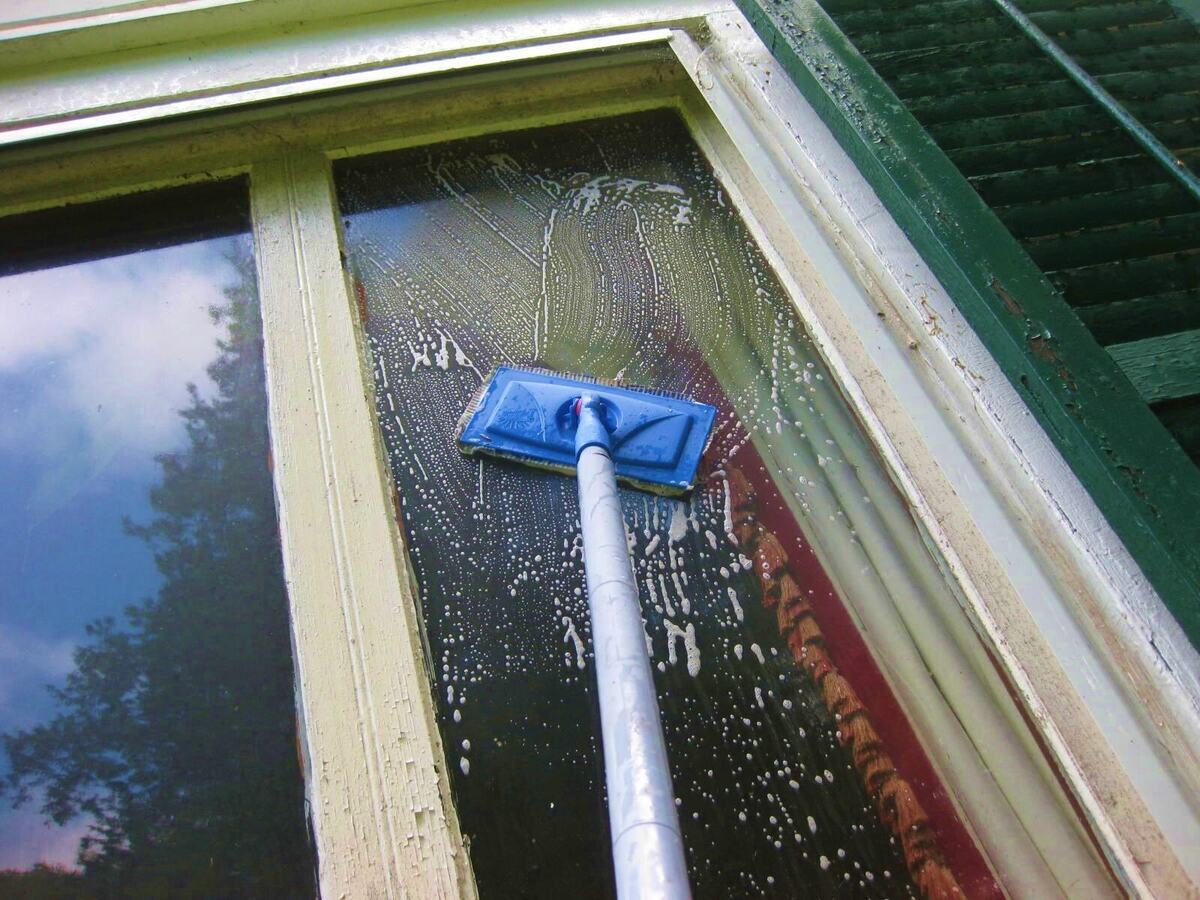
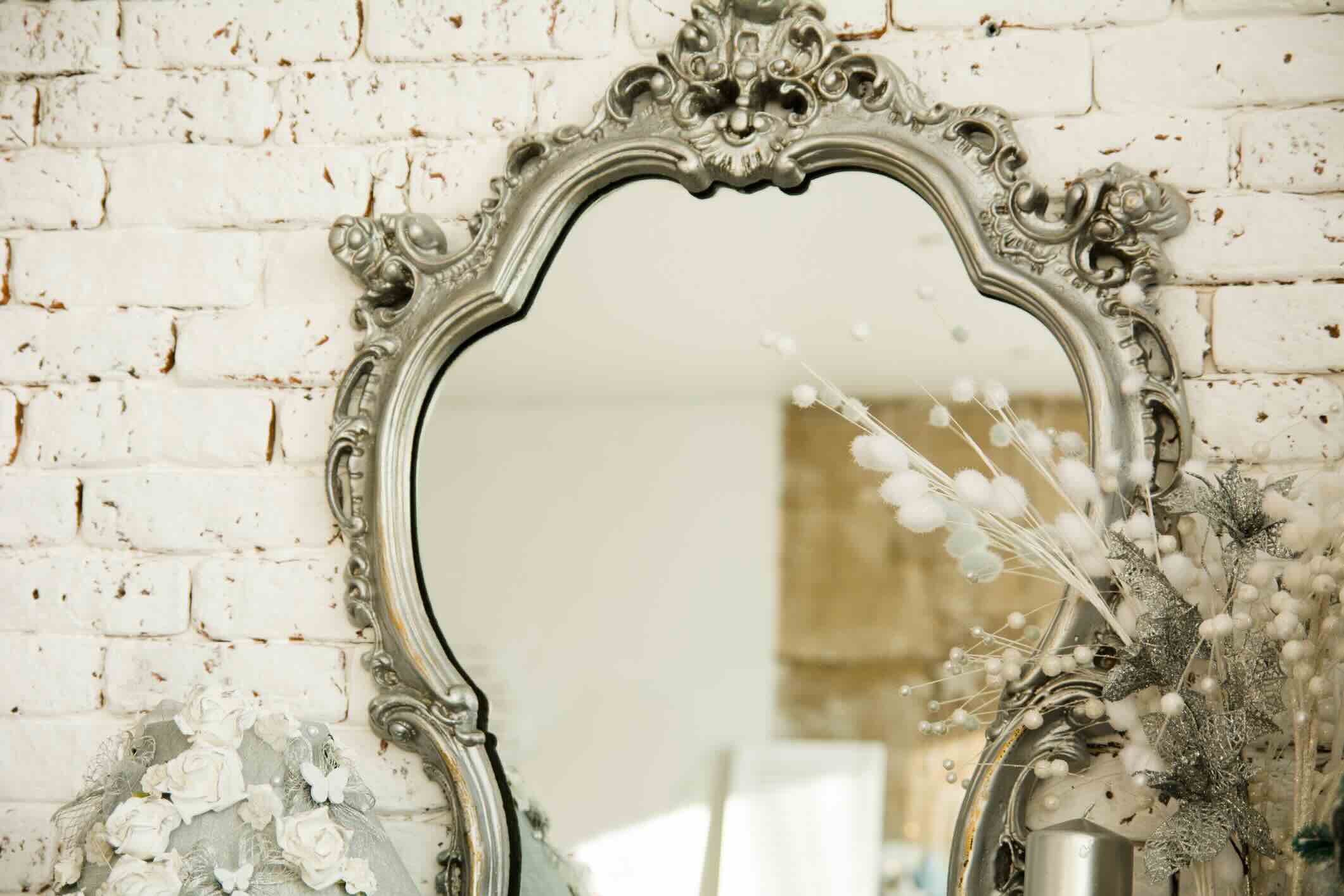
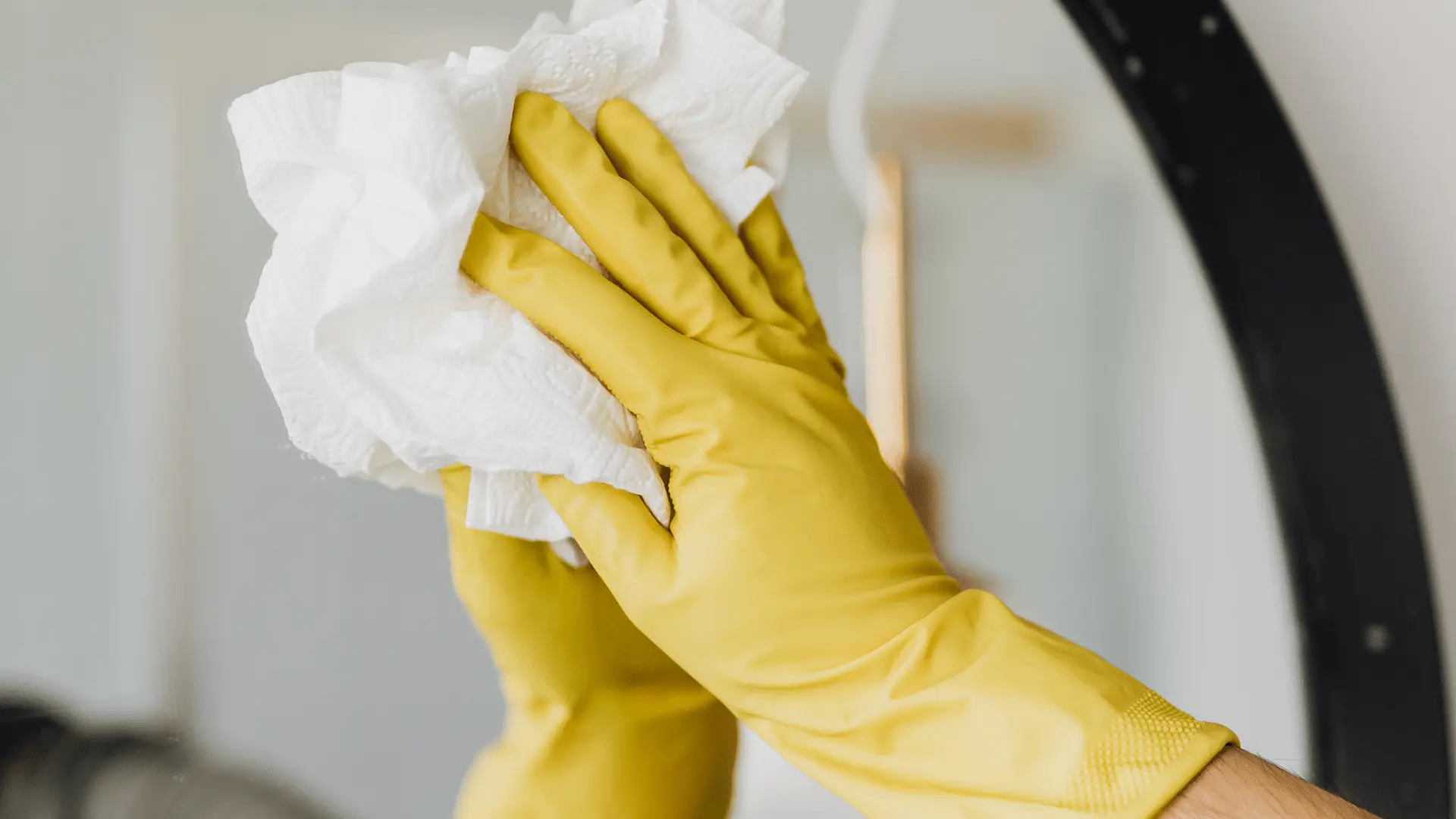
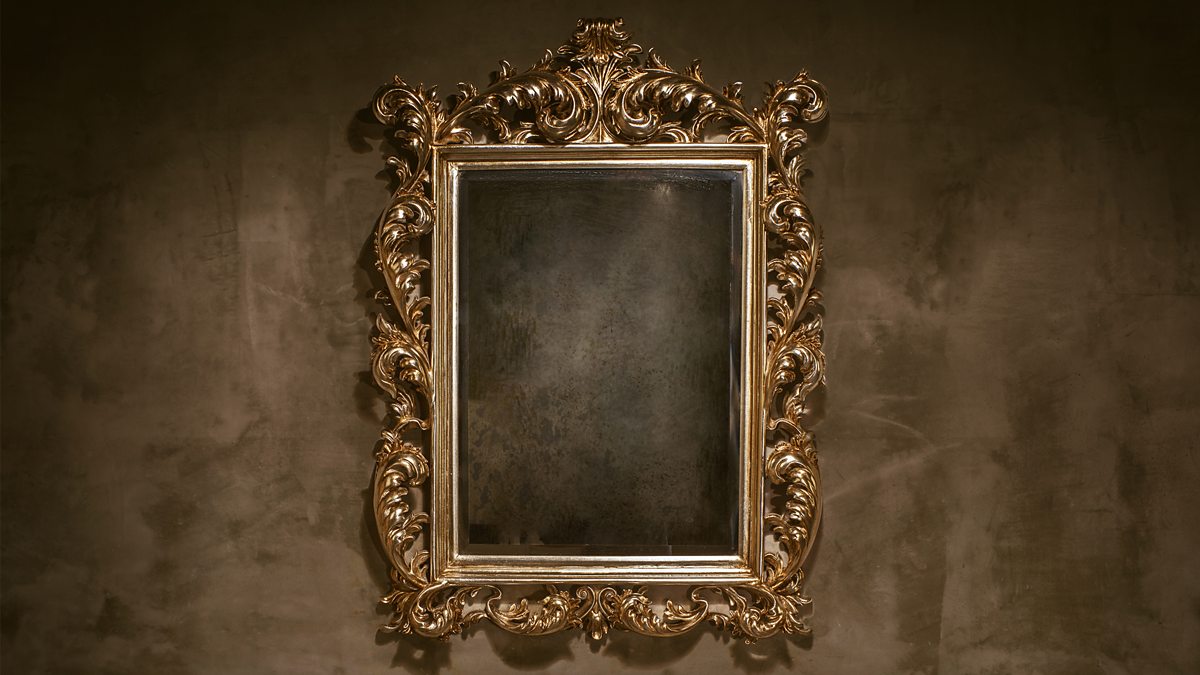
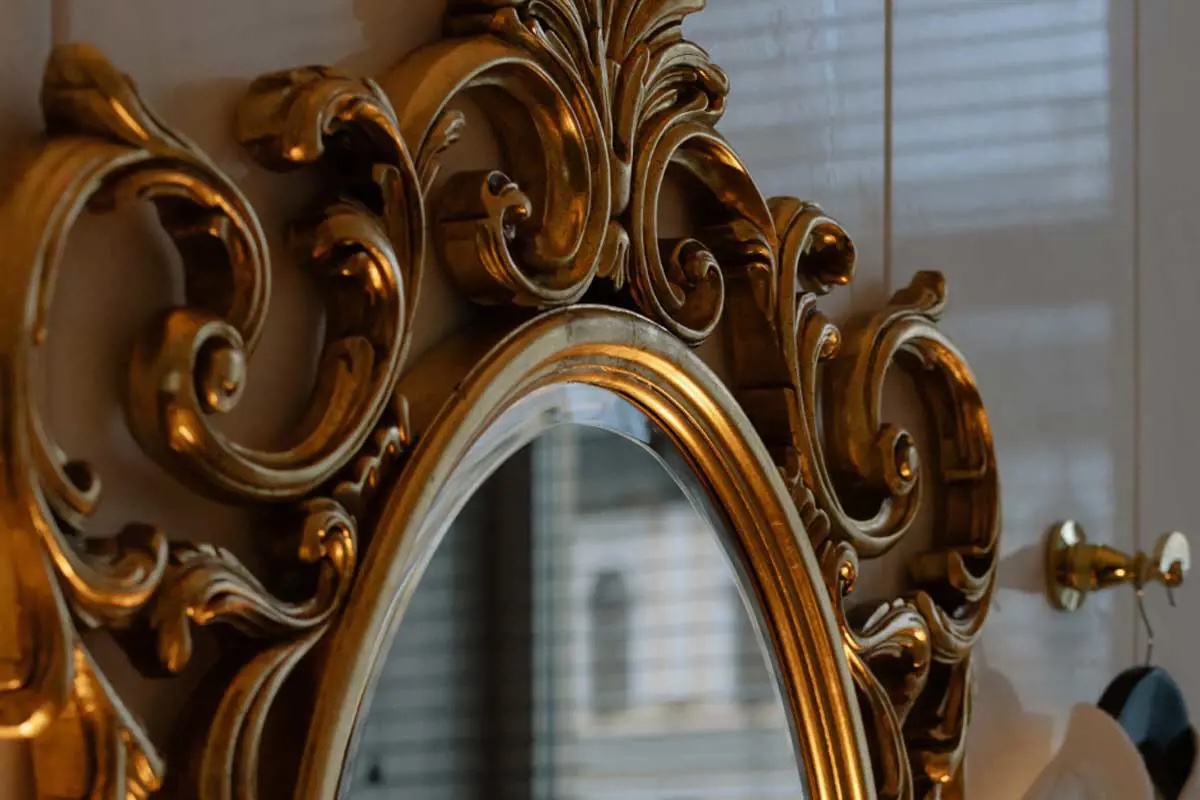
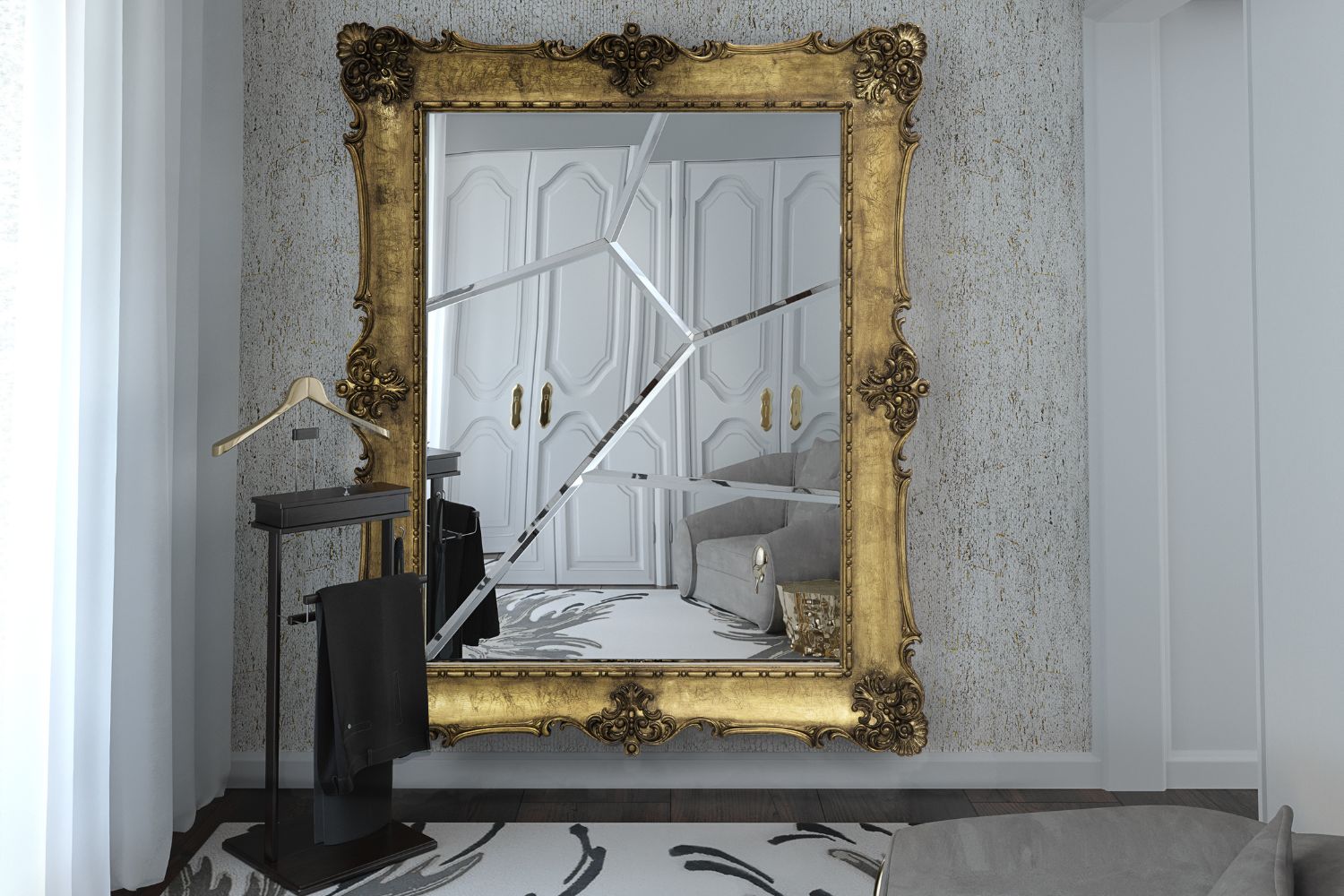
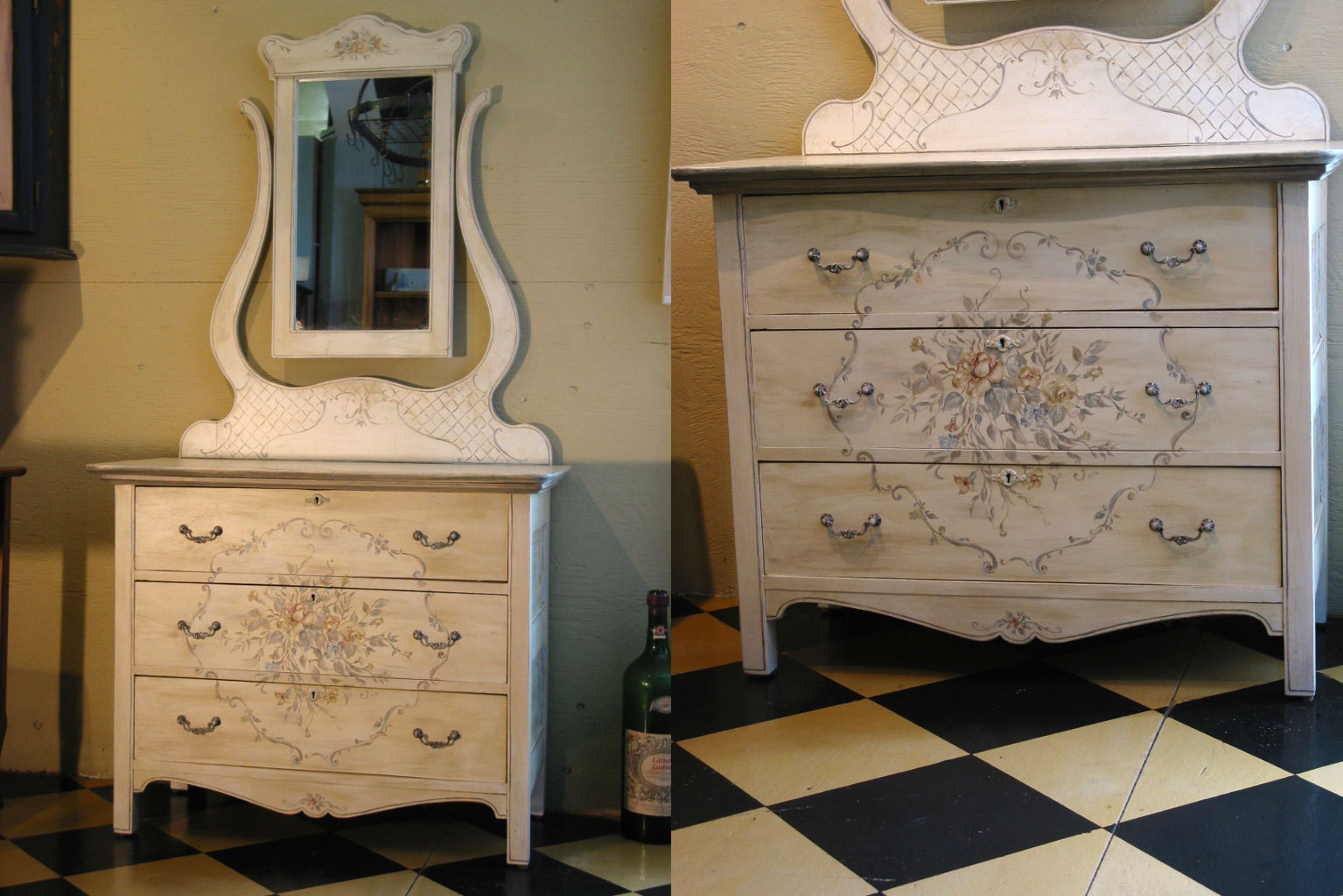
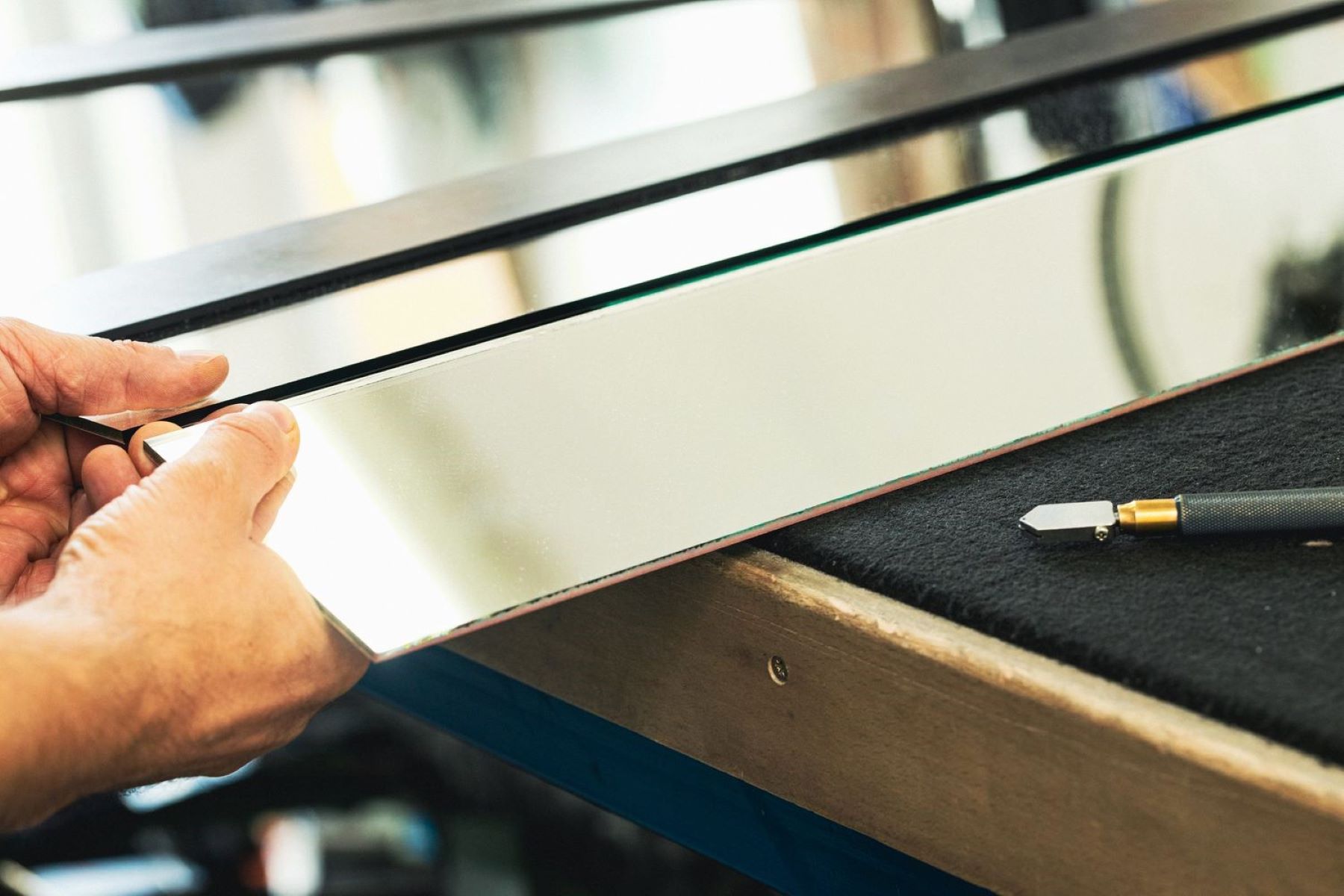
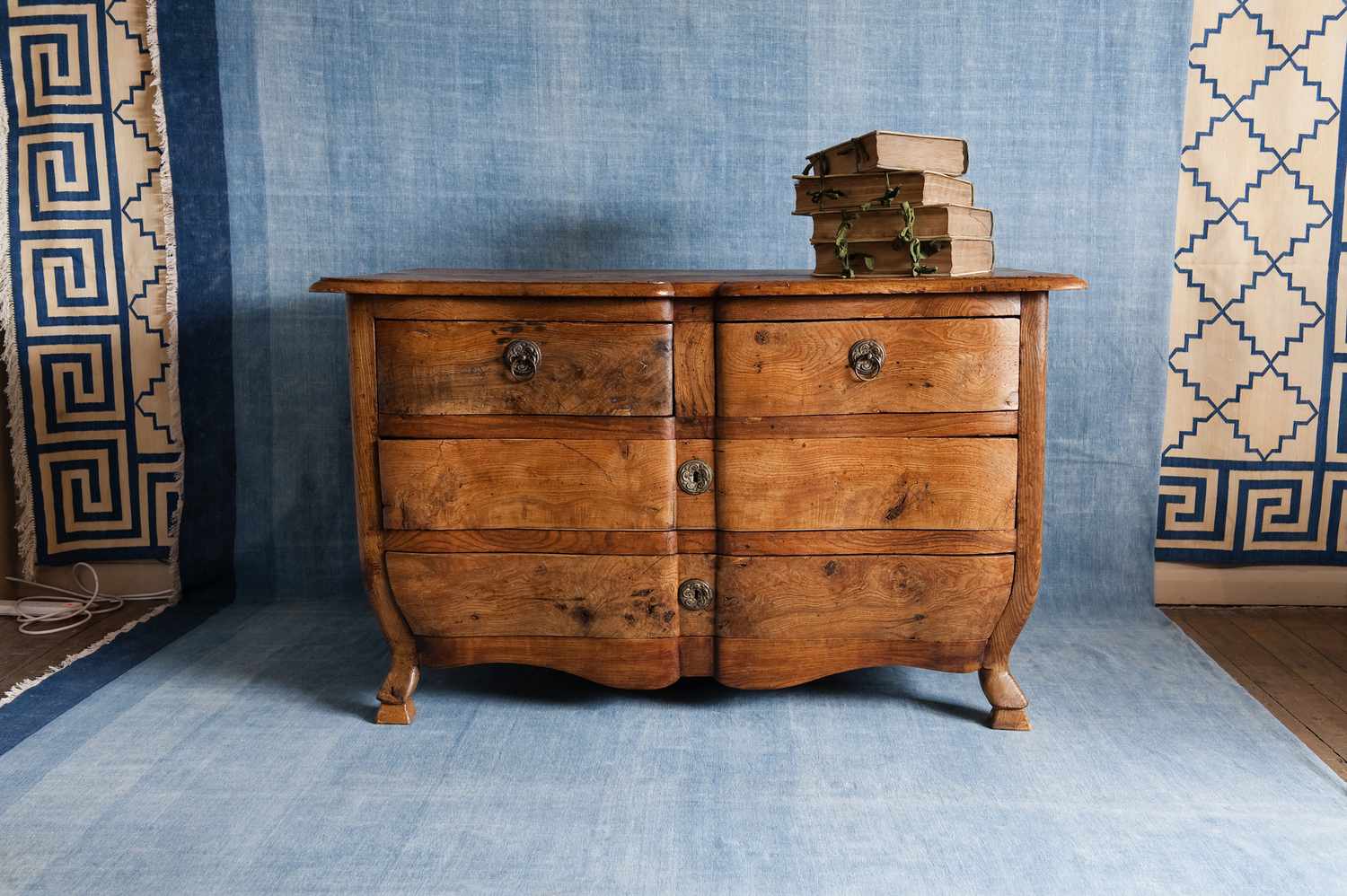
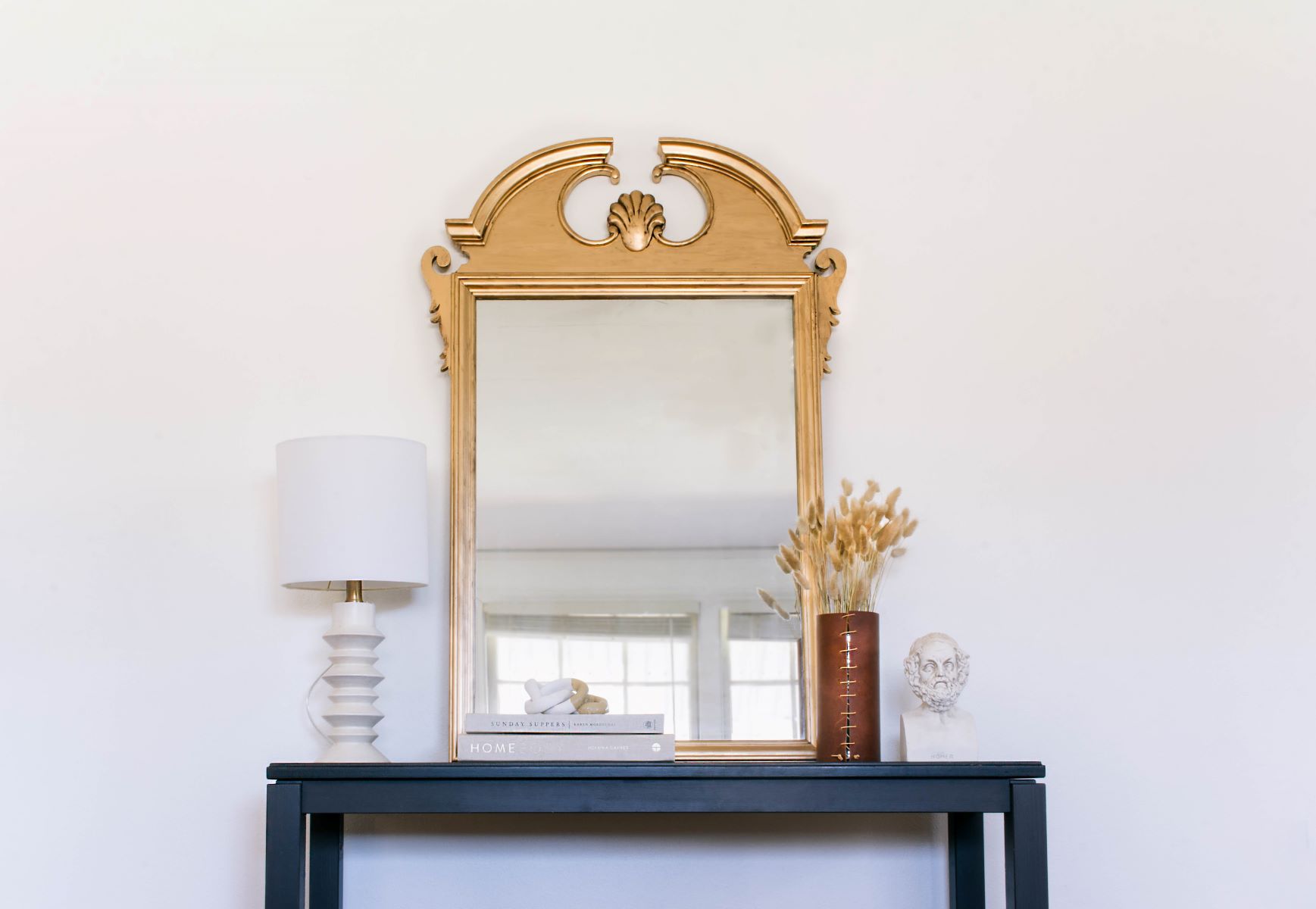
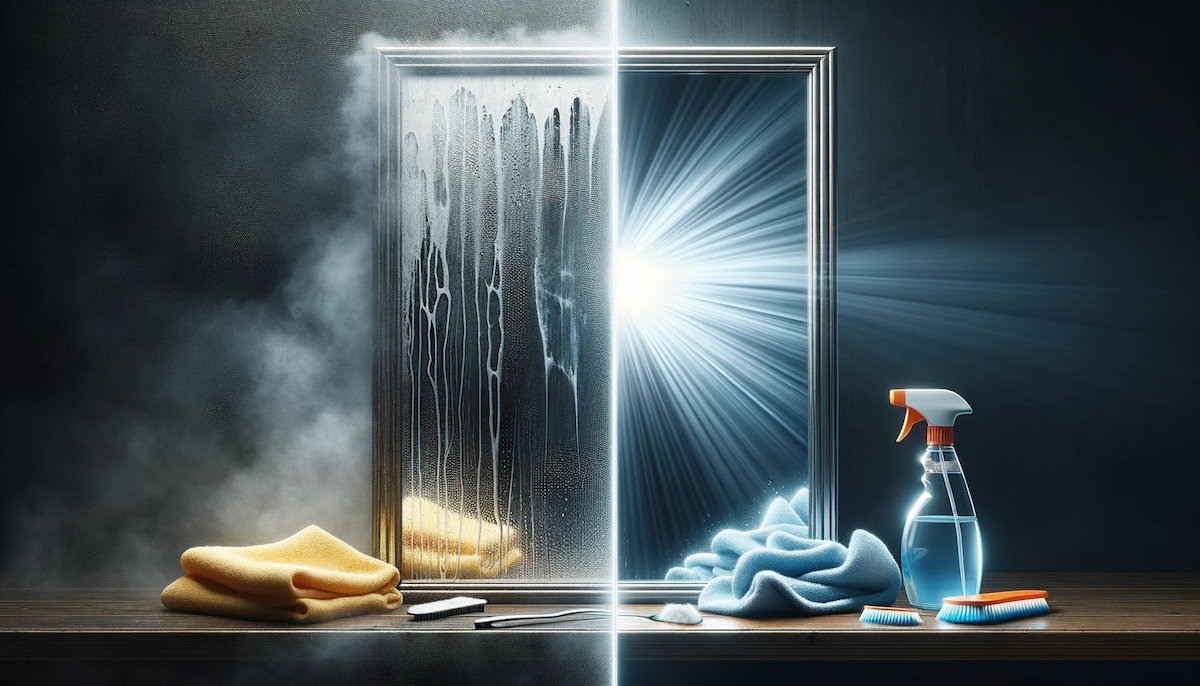
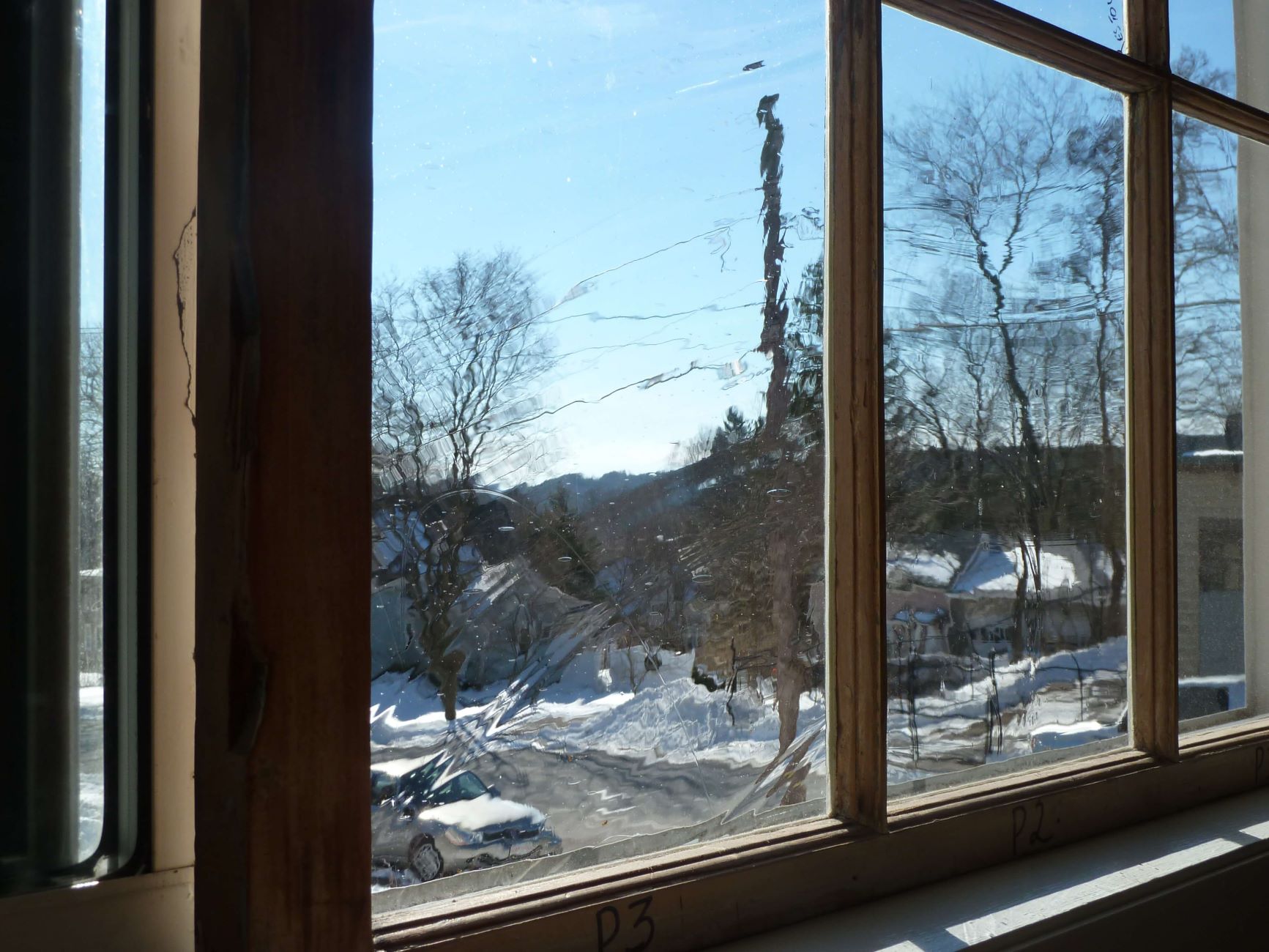
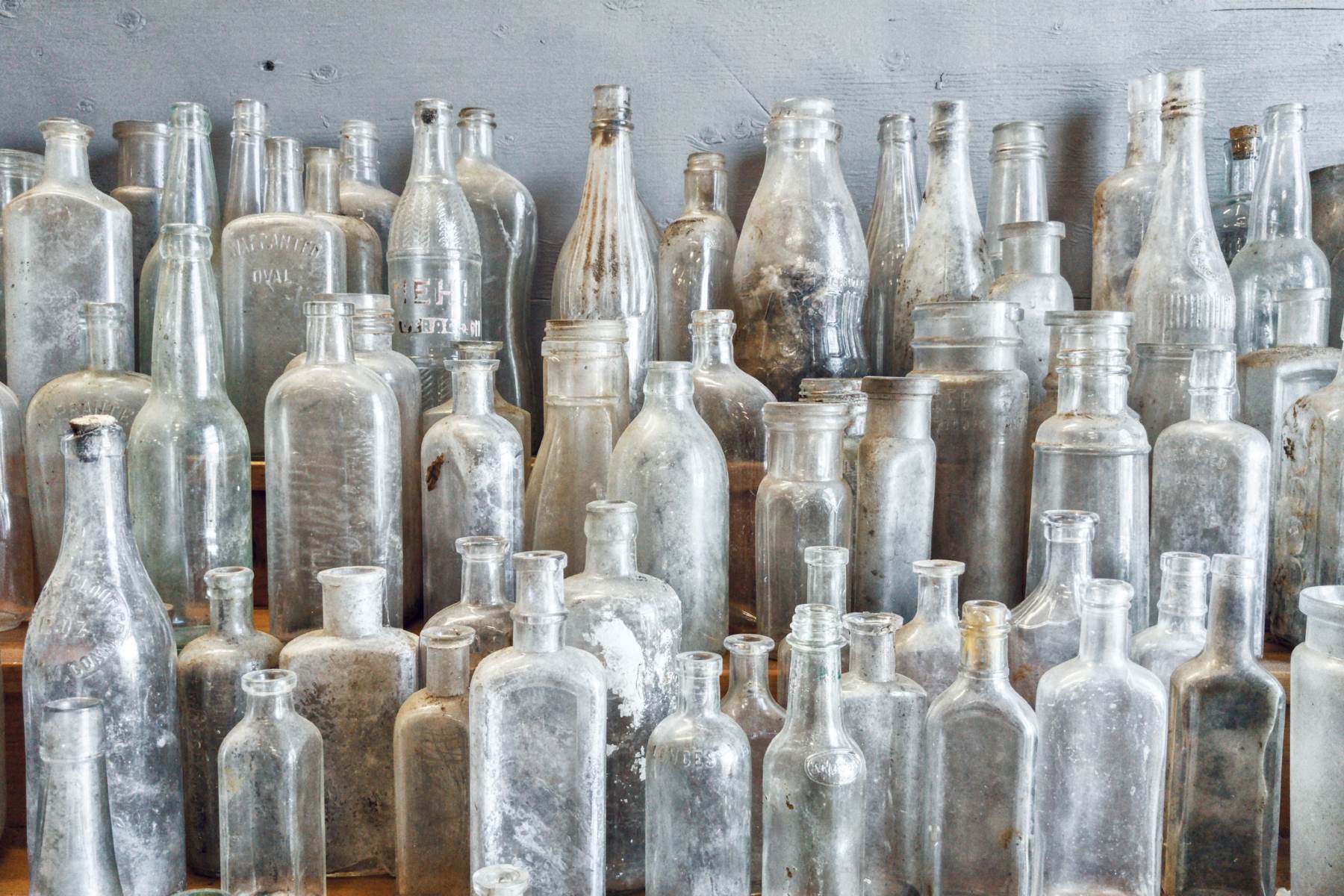
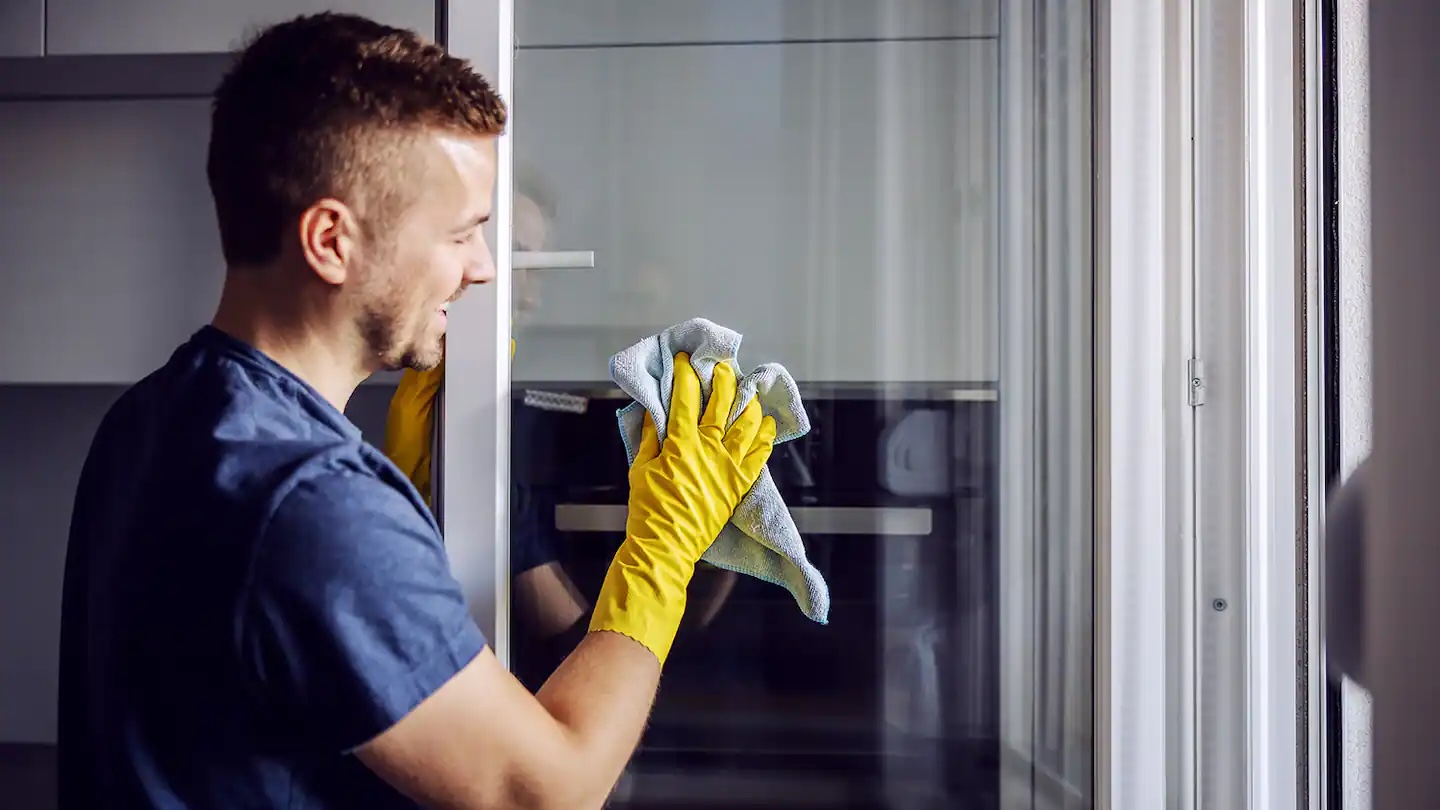

0 thoughts on “How To Clean Old Glass Mirrors”